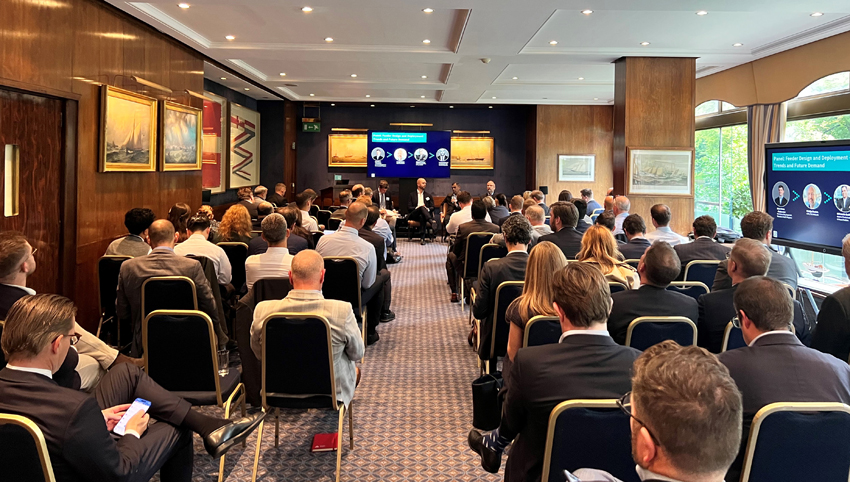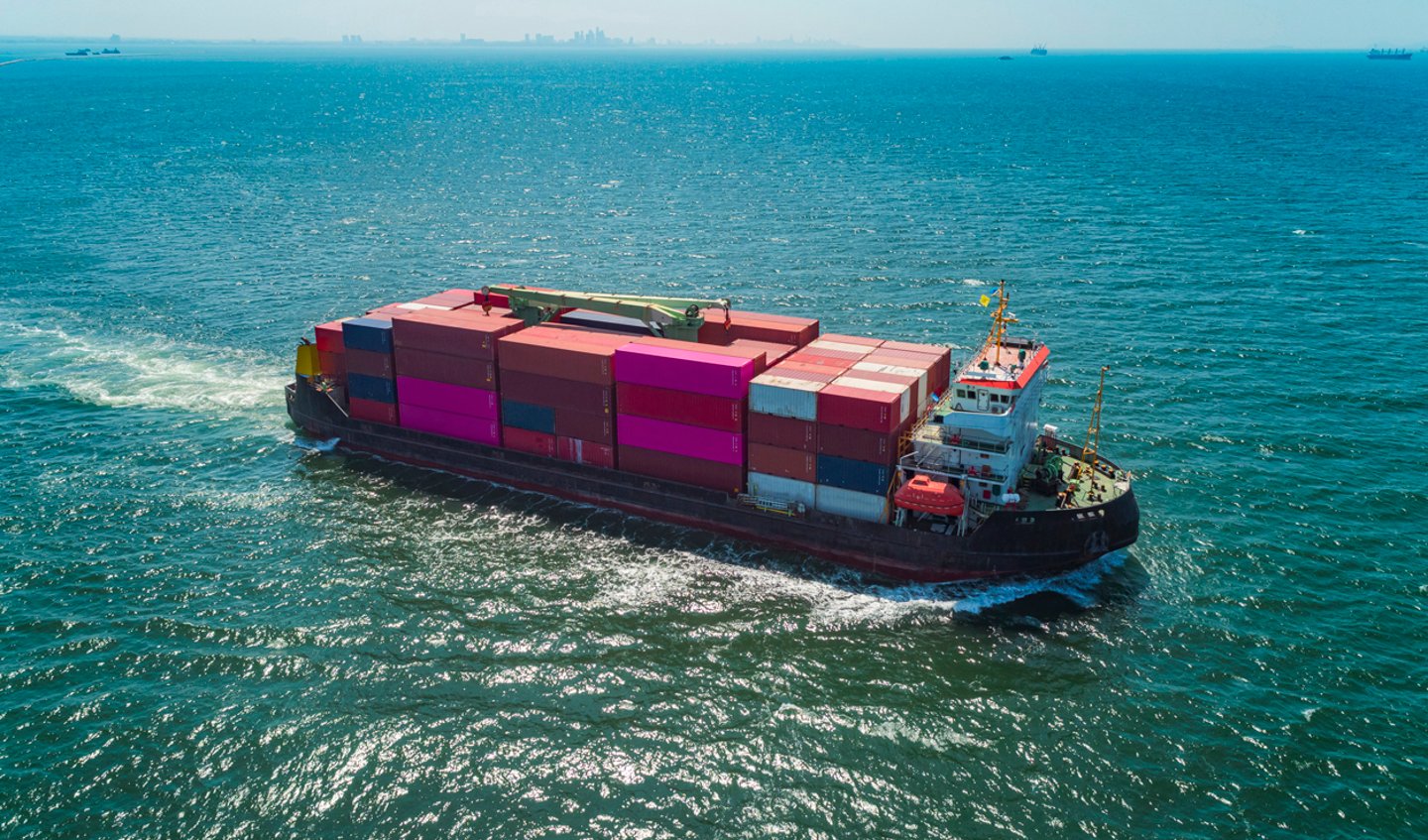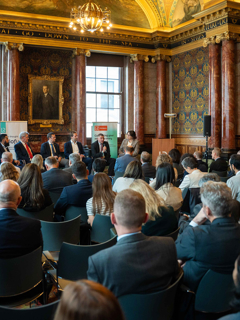The world’s container trades are extremely competitive, with lines jostling for market share and growth. In the world’s maritime supply chain, this invariably involves long-haul services between a relatively small number of hub ports supported by connections to and from outports.
Many billions of dollars have been spent on new generations of arterial container ships over the last ten years, with the largest vessels of 24,000TEU-plus now dwarfing the 8,000TEU ships of 25 years ago. Ships of this size today, says Gross, would more likely be viewed as large feeders.
Over the same period, leading carriers have fine-tuned their services, often by forging new alliances with other mainline partners, and sometimes by reducing the number of calls at hub ports. This, in turn, has been the catalyst for rapid expansion of the global feeder network populated by smaller container ships operating on regional services as the ‘last mile’ of the seaborne link.
There are currently three main alliances in operation: the Gemini Cooperation (Hapag-Lloyd and Maersk) was established in February this year; the Ocean Alliance (Cosco, CMA CGM, Evergreen, OOCL) was set up in 2018; and the Premier Alliance (HMM, Yang Ming, and ONE). These large consortia, and other container giants such as MSC, also have their own feeder arms, which in most cases, operate independently.
The alliances compete fiercely on the basis of schedule integrity, transit times, and frequency. They aim to hit percentages in the 90s, a vast improvement on the 50s and 60s that were recorded during the pandemic years.
But the backdrop is complex. The in-house feeder operations of deep-sea container lines do not cover all of their requirements and therefore, they also rely on independent third-party feeder operators such as X-Press Feeders and UniFeeder, as well as dedicated feeder tonnage providers to supplement their own deployment plans.
These companies ‘follow the cargo’, Gross says. “Their service deployment will change and evolve according to where the cargo is flowing. It is a backdrop that is constantly changing, but there is one constant – the long-haul operators always strive to have as much control over their networks as possible.”
That, he explains, is because the alliances are only as good as their weakest link and they are striving for the most efficient operation across their entire network. And that’s why there is now a sharp focus on parts of the feeder fleet, particularly a significant number of old and relatively inefficient vessels that operate in some of the lower-profile trades.
It is these vessels that are frequently taken on relatively short contracts by regional or deep-sea carriers with tonnage gaps to fill or, as trade expands, extra boxes to move. However, many of the ships are relatively inefficient, with poor operational flexibility and high carbon footprints. Their engines are frequently tuned for faster speeds because of their age and adaptation from longer trade lanes.
They are therefore suboptimal for regional feeder trades, they are expensive to run and, in many instances, in need of sustainability-related modifications and upgrades. Meanwhile, there is a lack of investment in new replacement tonnage.
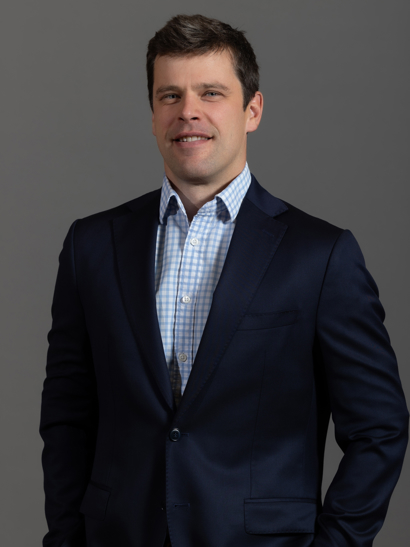
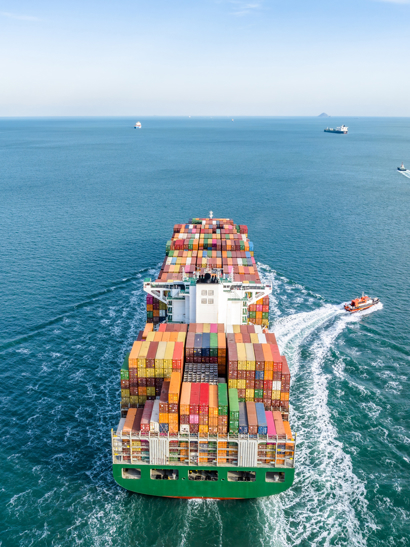
Cut the carbon
Sustainability should be a key priority for feeder operators because their ships are visible and operate on high-tempo tight schedules with frequent port calls. It is because of this operational profile that feeders provide one of shipping’s best opportunities for decarbonisation initiatives, Gross says.
Since the ships operate on fixed schedules, regular shorter-haul port rotations, they lend themselves to the trial and potential adoption of new fuels more than other shipping sectors. As recent developments have cast some doubt over alternative fuel initiatives, other upgrades to container vessels, including feeders, may remain an easier option. Another driver is that many container ship owners’ clients and customers have sustainability strategies and targets of their own.
That’s because their customers – thousands of the world’s manufacturers, large and small – have adopted rigorous strategies relating to sustainability performance. Scope 3 emissions, which are produced within value chains but remain outside of direct company control, are a key focus. Emissions relating to sea transport are also closely monitored, leading these companies to develop strategies of their own designed to decarbonise elements of their supply chains.
Indeed, Gross reveals that these concerns are key drivers in some of the current projects in which LR is involved. He also emphasises that this is why the ‘last mile’ and the performance of feeder operators is a key concern for mainline operators.
Sustainable initiatives
LR is involved in a range of supply chain initiatives involving container trades. The Singapore-based Silk Alliance is one example. Set up by the Lloyd’s Register Maritime Decarbonisation Hub (Decarb Hub), the Alliance is a group of proactive members spanning shipping’s supply chain who are intent on developing a scalable green corridor cluster. Signed up members include container feeder operators, shipowners, managers, shipbuilders, terminal operators, banks, and fuel suppliers.
They are focusing on feeder ships that bunker mostly in Singapore and operate on services such as those to Hong Kong, the Indian subcontinent and the Middle East. The stated objective is to bridge the gap between the supply and demand for low-carbon fuels by fostering collaboration between those along the supply chain. The partners are focusing initially on key feeder routes but the ‘cluster’ strategy is intended to develop a wider network.
Gross stresses that shipping’s sustainability drive must engage all participants in the maritime value chain. He highlights another decarbonisation project in which LR is closely involved. The Zero Emissions Maritime Buyers Alliance (ZEMBA), supported by the Decarb Hub, comprises a group of companies that are collaborating to accelerate the development and adoption of zero-emission fuels and technologies.
Although the outcome of the IMO’s October meeting is uncertain, ZEMBA’s principal aim is to align the UN agency’s mid-term measures with the trajectory set out in its 2023 Greenhouse Gas Strategy. This has important implications for feeder ship operators because many existing vessels will not meet the targets as set out in the IMO’s framework, not to mention the commercial incentive which ZEMBA offers.
LR also provides certification services for sustainable fuels and the standards that are used for ‘book and claim’ registry systems. Organisations such as H2C, the Smart Freight Centre, and the Katalist setup, provide frameworks through which fuel providers, cargo owners and off-takers can prove the green attributes of the sustainable fuels they produce and use. This a key component in the assessment of Scope 3 emissions.
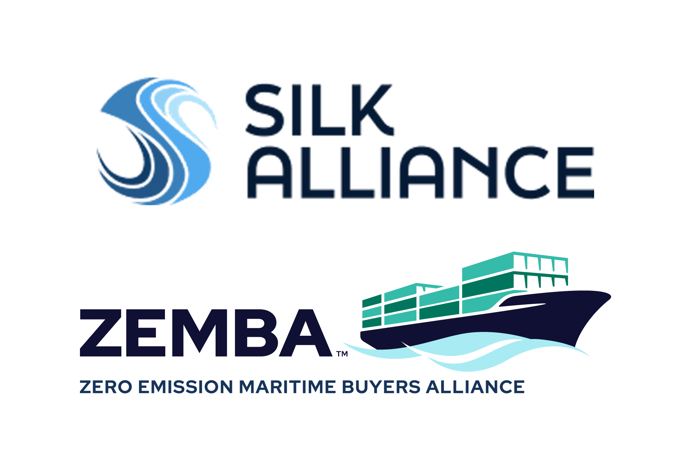
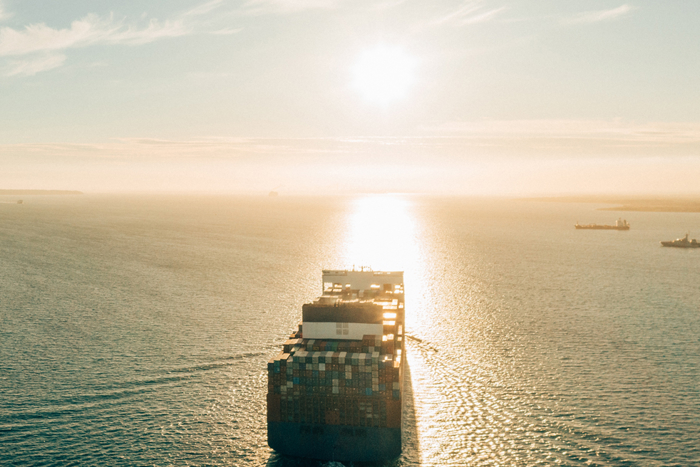
The feeders of tomorrow
Perhaps one of the biggest questions facing feeder ship owners and operators relates to the ships of tomorrow and here, Gross says, his advisory department can provide invaluable support. He outlines some of the issues. Where will the ship be deployed? What are the physical constraints in that trade? Will green fuels be available? How much flexibility should be built in to the design to enable vessel redeployment in the future?
“The feeder sector must always look to the future. Trade patterns change, port rotations are adjusted, new port projects change the dynamic,” he explains. “The deployment of the feeder fleet is constantly changing and our target at Lloyd’s Register is to support feeder owners and operators to design, build, and operate a feeder fleet that is compliant, efficient, and provides a competitive advantage with broad employment prospects for the future.”
Experts pinpoint feeder priorities at LISW panel
Capitalising on an expanding advisory role in the feeder ship business, Nick Gross, recently led a discussion on the container feeder sector at LR’s Containership Forum held during London International Shipping Week.
His guests were Moritz Fuhrmann, co-CEO and CFO at Oslo-headquartered MPC Container Ships, Fridtjof Rohde, Chief Technical Officer at Technolog, a Hamburg-based marine engineering consultancy, and Shivendu Gadkar, Head of Fleet Efficiency and Performance at Xpress Feeders.
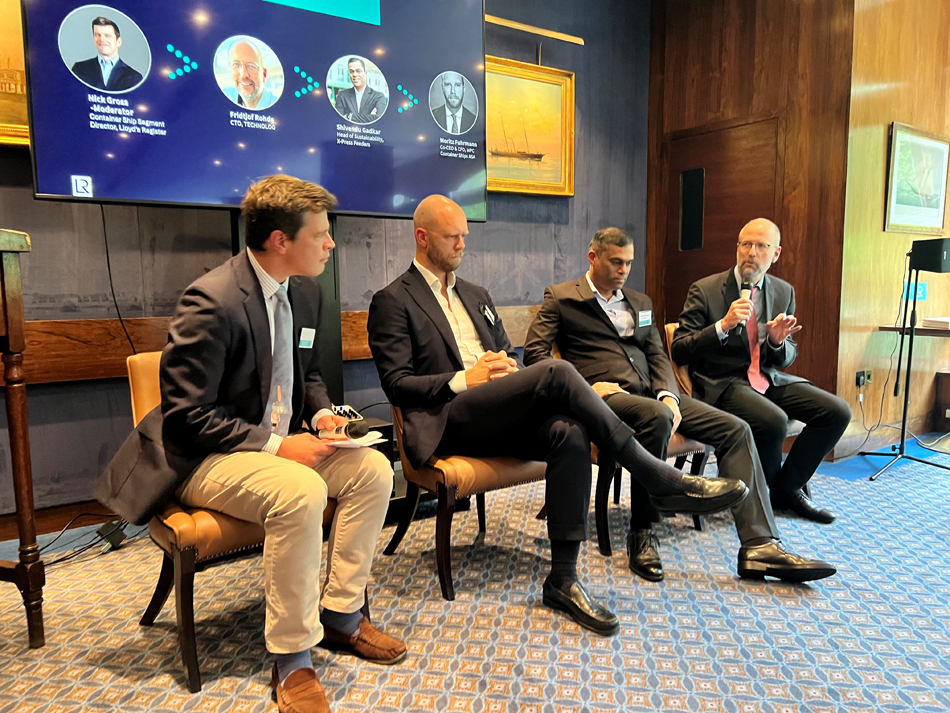
Gross set the scene with a brief profile of the feeder fleet. It is a disparate sector trading regionally across the globe that has steadily increased in size and number over the last three decades.
Latest sustainable designs are seriously outnumbered by older vessels that are inefficient, expensive to run and, in many cases, in need of retrofits and upgrades to improve efficiency. A significant number are either approaching or have reached the stage of technical obsolescence.
The panelists agreed that fleet replacement is a priority. To demonstrate the scale of the requirement, MSC and CMA CGM announced a major feeder fleet upgrade earlier this year of up to 120 ships to replace old ones with an average age of more than 20 years.
However, Fuhrmann pointed out that most shipyards are full and warned of an imminent supply-side crunch. The orderbook for vessels of less than 5,000TEU constitutes just 6.5% of the container ship orderbook, he pointed out. Yet many feeders are well over 20 years old and most shipyards are full.
Rohde noted different design priorities between owners in Europe and Asia. Feeder operators in Europe and the Baltic are assessing designs that will operate on different fuels, or will be ‘ready’ to do so. There is likely to be a requirement to handle 45ft boxes and have pallet-wide containers. Reefer capacity is also a priority, he said.
New fuels are not a priority in Asia, however. Key parameters relate to dimensions where ports such as Bangkok and Kolkata have significant draft restrictions.
X-Press Feeders’ Gadkar, meanwhile, noted growing feeder volumes in the southern hemisphere where operators in Africa and South America, for example, specify different design parameters. They require geared vessels that can work their own cargoes, and an ability to operate on longer voyages at lower speeds.
Meanwhile, in Europe, replacement of some older vessels may be the only strategy as new fuel regulations enter force. Steadily increasing penalties associated with FuelEU Maritime could render some ships obsolete.
For others, there may be scope for upgrades and retrofits, and the installation of energy-saving devices. Carried out in repair yards which, unlike newbuild facilities, are not booked out for years, this is a faster and cheaper strategy. Options include air lubrication, engine de-rating, waste heat recovery, windshields, modifications to propellers and rudders, and the possible adoption of new fuels.
What became clear is that there are no easy answers. Detailed techno-economic feasibility studies are an essential component of strategic planning in the feeder business.
